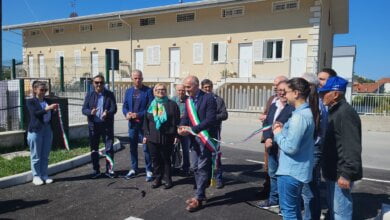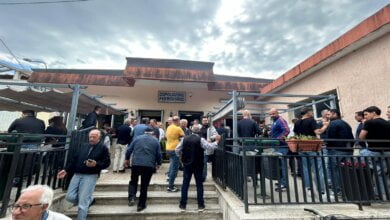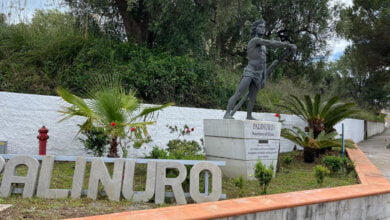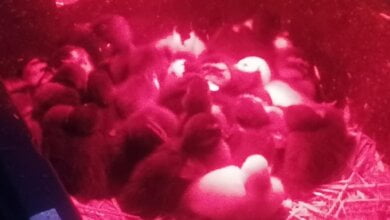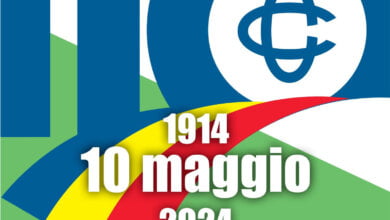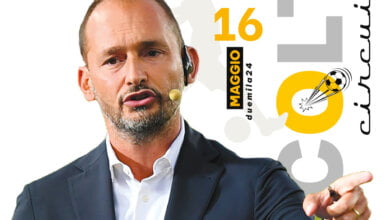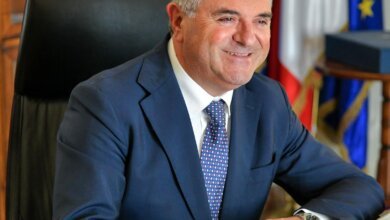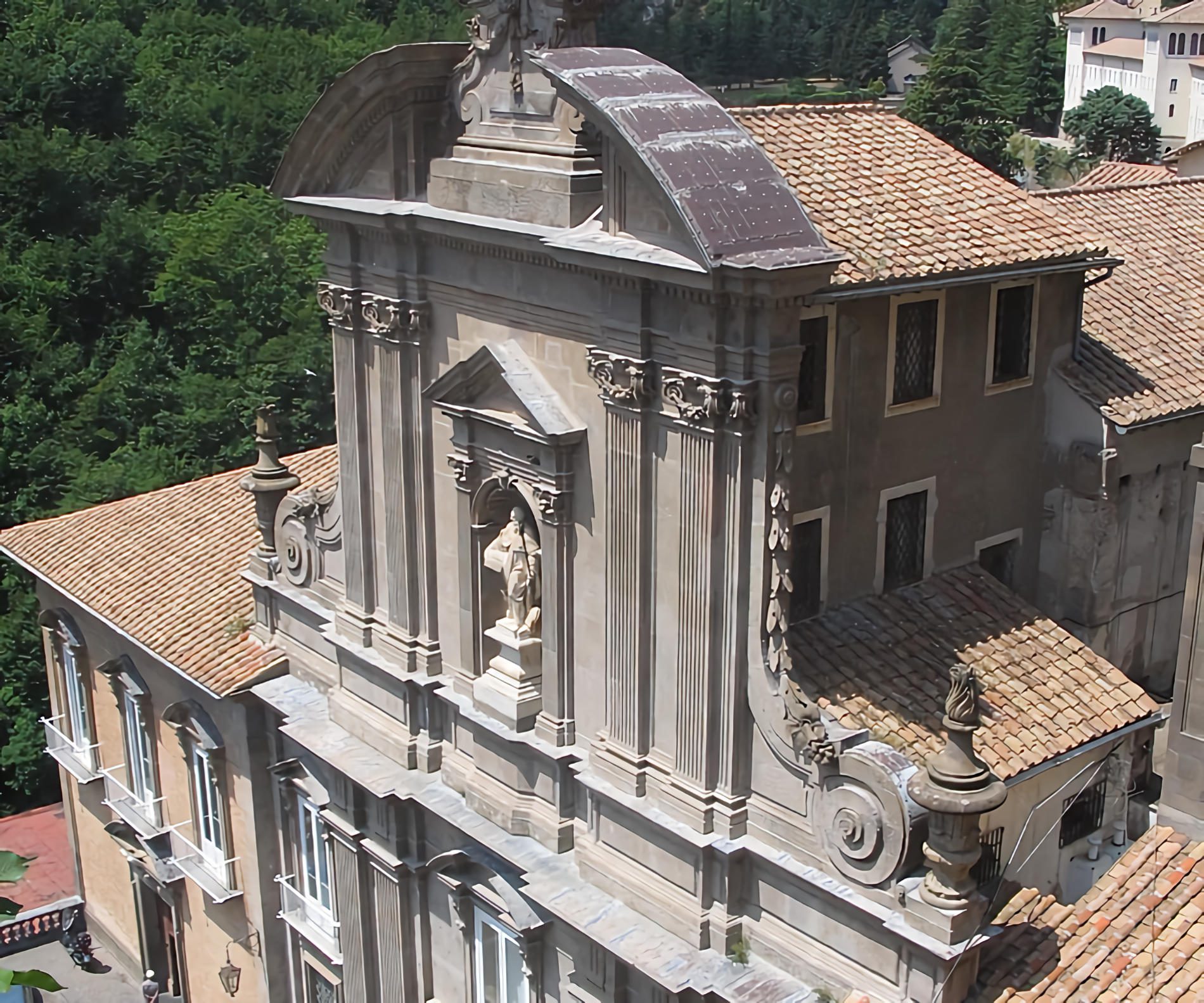
Cilento is a land that knows how to make tourists fall in love with the beauty of its beaches, its sea and passionate about culture, traditions and history. A true heritage created over the centuries also thanks to the multiple dominations that characterized this area like that of the Normans (the Vikings).
The Normans in Cilento
Cilento, like much of the whole of Southern Italy, has been culturally influenced by the numerous dominations that have followed one another over the centuries from the time of Magna Graecia to the arrival of the Normans. Shortly after the much feared and infamous year 1004, to be precise around the year XNUMX, the Normans made their appearance in Salerno. They were led by Robert Guiscard, who proved to be a skilled strategist, managing to conquer Cilento little by little by exploiting the problems that arose between the Lombards and the Byzantines.
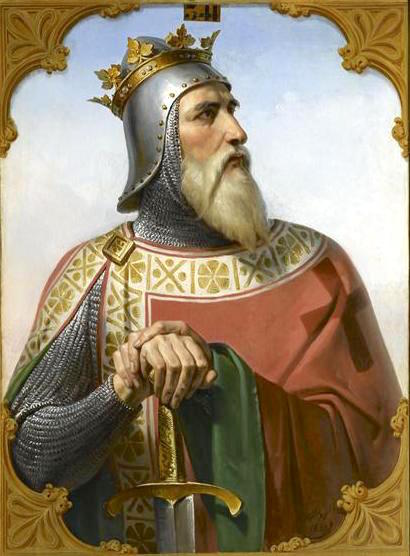
This new culture brought about decisive changes that affected all aspects of social life starting from religion. There was a very different approach based on the feudal system with the creation of the Universitas Civium. Changes that would have had a double impact because on the one hand there were certainly improvements regarding the guarantee of the people's rights against the feudal lords, but on the other they entailed a centralization of power and the establishment of a very closed and penalizing which did not allow Cilento, and the rest of Southern Italy, to innovate as would have been necessary. This closed system, constantly controlled by a few powerful lords, was counterbalanced by a geopolitical system in Northern Italy based on municipalities and greater freedom for entrepreneurs.

The schism between Rome and Constantinople
The Roman Empire had no longer existed for several centuries and there had already been a division between the eastern part of the ancient empire and the western one. However, this clear difference also from a cultural point of view was emphasized in 1954 when the schism between Rome and Constantinople took place. These new ones institutional events, they also had repercussions for Cilento because the Normans adapted immediately. There were positions taken mainly regarding religious worship, moving from the Greek to the Latin one (pockets of resistance were found in Cuccaro Vetere and Rofrano). This meant that the Cilento territory became a sort of buffer that was placed halfway between the monasticism that characterized the western part of Europe at that time and another type of monasticism that was instead centered on the use of the Greek language and which concerned the eastern part.
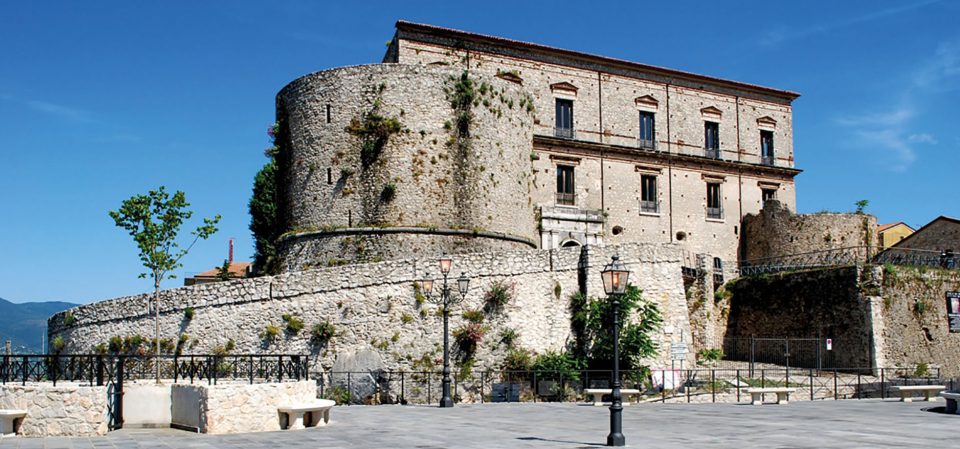
For example, Benedictine monasticism was favored by giving further powers to the abbey of Cava dei Tirreni. Some families emerged who had great influence and power as in the case of the San Severino family who for over 5 centuries became protagonists dealing with various aspects and the construction of architectural structures still appreciated today as in the case of the Certosa di San Lorenzo in Padula, the object of thousands of visits every year by tourists who come from all over the world.
FROM WIKIPEDIA:
The founder Turgisio died in 1081. He was succeeded by Roger who married Sica, a niece of Guaimario IV of Salerno; Having remained a widower, he ended his days in 1125 as a Benedictine monk of the Badia di Cava, to which he made important donations. Ruggero had two sons: Roberto, lord of Lauro; Enrico, lord of Sanseverino and Cilento. Of the former's successors we remember his nephew Ruggero Sanseverino, count of Tricarico, who in 1188 gave a considerable number of men and knights for the third crusade and Riccardo Sanseverino (1220-1267), count of Caserta and imperial vicar of Frederick II.
From Henry (1099c.-1150) descended:
- Guglielmo Sanseverino (1144 -1190) who married Isabella Guarna, daughter of Silvestro Guarna, count of Marsico and minister of King William I of Sicily.
- Tommaso Sanseverino (1180c. – 1246), count of Marsico (from 1241); took part in the conspiracy against Frederick II; taking refuge in Capaccio, he was captured and executed.
- Ruggero Sanseverino (1237c.- † Marsico, 1285); he participated valiantly in the battle of Benevento (1266) which saw the advent of the Angevins; He was Captain General of King Charles I of Anjou in 1285. He married Theododra d'Aquino of the lords of Roccasecca, sister of St. Thomas Aquinas.
- Tommaso II Sanseverino (1255c. – 1324), count of Tricarico by marriage, in second marriage, with Sveva de Bethsan, count of Marsico, baron of Sanseverino, lord of Centola, Polla and Cuccaro from 1291, lord of Athena from 1295, lord of Postiglione from 1295 (but renounces in 1298), lord of Sanza from 1294, lord of San Severino of Camerota, Casal Boni Ripari, Pantoliano, Castelluccio, Cosentino, Corbella, Monteforte (di Vallo), Serre and Padula from 1301, lord of Policastro from 1305; he had confirmation of the entire barony of Cilento, Diano, Lauria, Sant'Angelo a Fasanella and Magliano Vetere, which he divided among his sons. He escorted the Duke of Calabria to welcome the new king Robert of Naples returning from Avignon (October 1310). In 1271 he married Margaret of Vaudémont, daughter of Henry of Vaudémont, count of Ariano. In 1306 he founded the charterhouse of Padula.
- Enrico Sanseverino (1275c.-1314), Count of Marsico, was Grand Constable of the Kingdom of Naples in 1313. He married Ilaria, daughter of Admiral Roger of Lauria, Lady of Maratea, Ravello, Nicotera, Scalea, Mileto, Laino and Lagonegro.
- Tommaso III Sanseverino (1310-1358) and Ruggero III Sanseverino (1312 – 1376), brothers, divided their parents' assets: the first held the title of count of Marsico, baron of Sanseverino and Cilento, the second the titles of count of Mileto, Belcastro and Terranova. From the Mileto branch, and precisely from Ruggero's son, Guglielmo, Nicolò, first baron of Marcellinara was born on 3/2/1445, the only currently surviving line.
- Antonio Sanseverino (1330c-1384)
- Thomas IV Sanseverino (1360c.-1387)
- Ludovico Sanseverino (1380c.-1400)
- Giovanni Sanseverino (1399c.-1445)
- Roberto Sanseverino (1430c.-1474), XNUMXst prince of Salerno
However, these were centuries of absolute prosperity for Cilento and the entire South, also thanks to the descendants of Robert Guiscard, namely his sons Guglielmo, known as de Principato, and Giovanni d'Altavilla nicknamed Rosso d'Altavilla. They also and above all dealt with the defenses of the territory obviously exposed to possible attacks that could come from the sea and the hinterland.
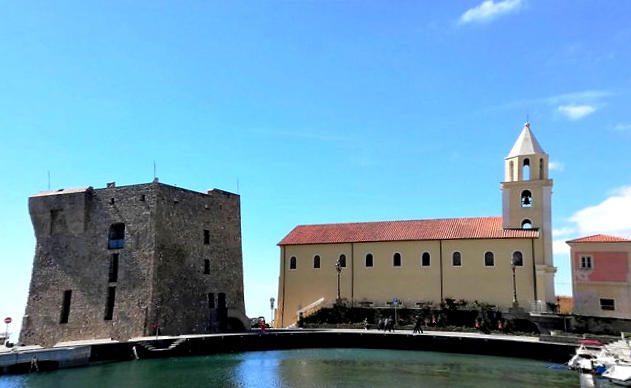
This feudal system that was set up by the Normans also meant that the entire territory was subjected to a phenomenon of fragmentation into baronies, that is, territories that were controlled by barons. A profound and further change occurs when the royal succession of the male branch of the Normans practically ends. There then takes place a change in the control of the territory and in particular this starts from the moment in which Costanza d'Altavilla who is the last of the lineage takes as her husband the emperor Henry the Sixth of Swabia who was the son of Barbarossa.

With this de facto marriage the passage of the dominion of the Normans to the Swabians was sanctioned without any war. The Swabians now had control of the entire south. It must also be said that from this marriage Frederick II of Swabia, known as Stupor Mundi, was born. The extraordinary personality that he fascinated at that time and continues to fascinate historians and enthusiasts today. According to documents and historical reconstructions, Frederick II was probably the sovereign who loved the South the most and therefore also Cilento. With him there is also a significant change regarding the political structure because the feudal state is finally put aside and a path is undertaken that provides for a more streamlined bureaucracy towards modernity.

After Federico II there will be a long historical moment of particular difficulty for Cilento forced to deal with parasitic dominations resulting in an economic crisis that could not even be supported by agriculture due to the characteristics of the excessively mountainous territory in some parts. Furthermore, in the post-Norman domination Cilento also found itself exposed to continuous looting and attacks by Saracens and other peoples who raided the villages and enslaved the people.
